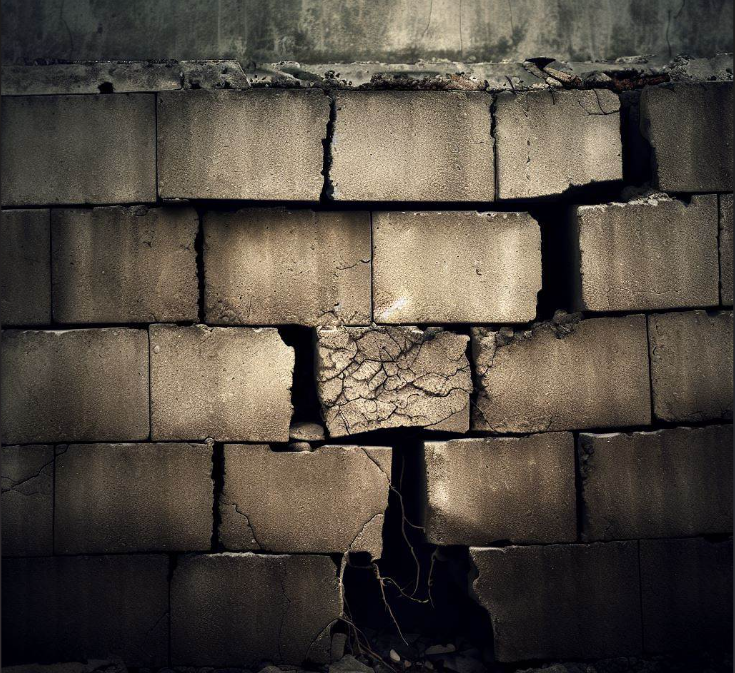When it comes to the stability and longevity of your home’s foundation, hydrostatic pressure is a hidden force that deserves your attention. Especially in areas with high water tables or heavy rainfall like Tennessee, comprehending how hydrostatic pressure affects block foundation walls is crucial. In this blog post, we’ll explore the science behind hydrostatic pressure, its impact on block foundations, and preventive measures to safeguard your home.
Demystifying Hydrostatic Pressure
Hydrostatic pressure is the pressure exerted by a fluid (in this case, groundwater) at rest when it’s confined within a space. It’s a powerful force that can exert tremendous pressure on the walls of your foundation. Here’s how it works:
- Water Seepage: When the soil around your home becomes saturated with water from rainfall or a high water table, it becomes hydrostatically charged.
- Pressure Buildup: As the soil becomes saturated, it exerts pressure against the foundation walls. This pressure increases with the depth of the groundwater.
- Potential Consequences: Prolonged exposure to hydrostatic pressure can lead to several issues, including foundation cracks, bowing walls, and even structural damage.
Effects of Hydrostatic Pressure on Block Foundation Walls
Block foundation walls, while durable, are susceptible to the relentless force of hydrostatic pressure. Here’s how this pressure can impact them:
- Cracks and Leaks: Excessive hydrostatic pressure can cause cracks to form in the blocks or mortar joints. These cracks can allow water to infiltrate your basement, leading to dampness and mold growth.
- Bowing or Tilting: In severe cases, hydrostatic pressure can exert enough force to push or tilt block foundation walls inward. This not only compromises the structural integrity of your home but can also lead to costly repairs.
- Efflorescence: As water infiltrates the blocks and evaporates, it can leave behind mineral deposits on the surface, a phenomenon known as efflorescence. This can affect the appearance of your foundation.
Preventive Measures to Combat Hydrostatic Pressure
The key to mitigating the effects of hydrostatic pressure on block foundation walls is proactive prevention. Here are some strategies to consider:
- Proper Drainage: Ensure that your property has proper grading to direct rainwater away from your home. Install downspout extensions and maintain gutters to prevent water from pooling near the foundation.
- Foundation Waterproofing: Apply a waterproofing membrane or coating to the exterior of your foundation walls. This barrier helps prevent water from infiltrating the blocks and causing damage.
- French Drains: Install a French drain system around your home to divert groundwater away from the foundation. These drains are designed to relieve hydrostatic pressure.
- Sump Pump: A sump pump in the basement can help remove any water that does enter, preventing it from accumulating and causing damage.
- Regular Inspections: Periodically inspect your foundation for signs of cracking, bowing, or efflorescence. Address any issues promptly to prevent further damage.
Conclusion
Understanding hydrostatic pressure and its effects on block foundations is important when buying, owning, or selling a home.


